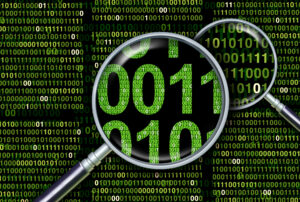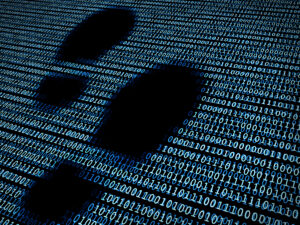In the intricate world of cybersecurity, where digital trails and hidden clues hold the keys to understanding cybercrimes, digital forensics emerges as a powerful investigative tool. Think of it as a digital detective’s toolkit, designed to uncover hidden evidence, trace digital footprints, and piece together the puzzle of cyber incidents. In this blog post, we’ll dive into the fascinating realm of digital forensics and explore its crucial role in uncovering cybersecurity evidence.

The Digital Crime Scene
Imagine a crime scene, but instead of physical evidence like fingerprints and footprints, we’re dealing with virtual footprints left behind in the digital landscape. Digital forensics involves the collection, preservation, and analysis of digital evidence to reconstruct the sequence of events that occurred during a cyber incident. Just like a skilled investigator at a crime scene, digital forensics experts meticulously gather and document evidence from computers, servers, networks, and digital devices.

Deciphering the Digital Trail
Much like following a trail of breadcrumbs through a forest, digital forensics experts follow the digital trail left by cybercriminals. This trail includes log files, metadata, timestamps, and even fragments of deleted data. By meticulously analyzing this information, they can reconstruct the actions taken by perpetrators, identify vulnerabilities that were exploited, and determine the extent of the damage caused.
The Art of Data Recovery
Consider a scenario where important evidence is accidentally deleted or intentionally destroyed. Just as skilled archaeologists excavate ancient artifacts, digital forensics experts have the tools and techniques to recover lost or deleted data. They can piece together fragments of data, reconstruct files, and uncover information that might have been thought irretrievable.

Assisting Cyber Investigations
Digital forensics plays a critical role in cyber investigations, whether conducted by law enforcement agencies, corporations, or individuals. By analyzing digital evidence, experts can provide insights into the methods used by cybercriminals, the motives behind their actions, and even the identities of those responsible. This information is invaluable in building a comprehensive picture of a cyber incident and supporting legal action if necessary.
Legal Admissibility and Chain of Custody
In the realm of digital forensics, maintaining the integrity of evidence is paramount. Just like in a courtroom, evidence needs to be collected, preserved, and documented according to established procedures. This is known as the “chain of custody.” Ensuring the proper chain of custody is crucial for the admissibility of digital evidence in legal proceedings.

Ethical Considerations
Digital forensics also grapples with ethical dilemmas. Balancing the need for evidence with privacy concerns and ensuring unbiased analysis are challenges that digital forensics experts must navigate. Striking the right balance is essential to ensure that the evidence gathered is both accurate and ethically obtained.
The Future of Digital Forensics
As technology evolves, so does the world of digital forensics. The increasing complexity of cybercrimes demands innovative techniques and tools. The future of digital forensics might involve advanced artificial intelligence, blockchain-based evidence tracking, and more sophisticated methods for analyzing data from emerging technologies.
In a digital world where shadows can hide a multitude of virtual sins, digital forensics emerges as a beacon of truth. With every click, download, and transaction leaving a trace, digital forensics experts are the modern-day detectives unravelling the mysteries of cybercrimes. By understanding its role and importance, we gain insight into how this fascinating field protects the digital realm and helps bring cybercriminals to justice.



